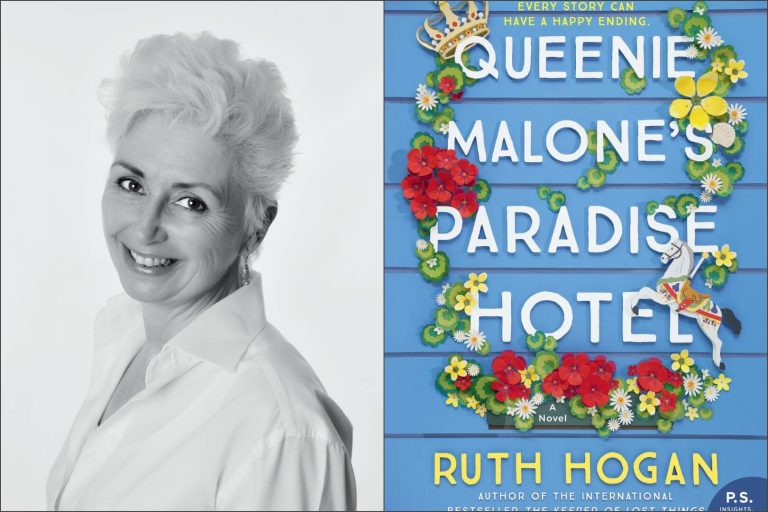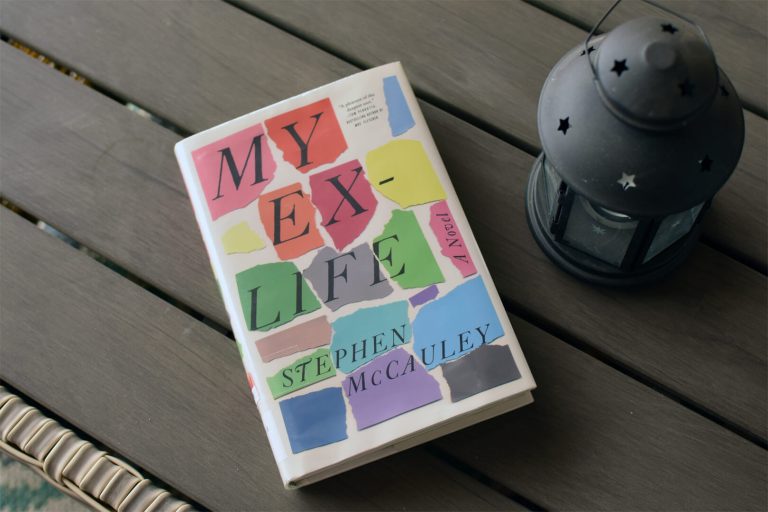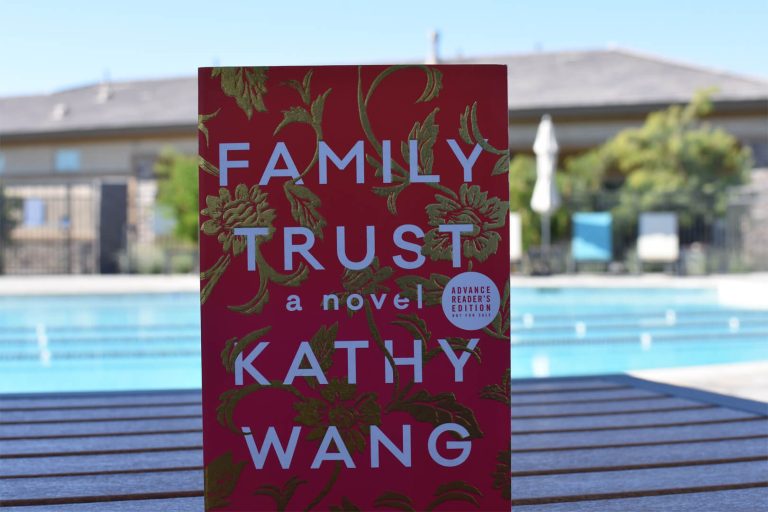Little Fires Everywhere by Celeste Ng is a slow-burn read (pun intended) told from multiple point of views. It seems people either love this novel or don’t care for it. I compare it to when watching a movie where one expects more action to happen. Sometimes the slow pace is not for everyone. But I encourage you to give this read a try because it’s an impactful story about class, privilege and race.
Earlier this year, it was announced that Little Fires Everywhere will be developed as a limited series for Hulu. This novel definitely lends itself to a series format and I’m curious how it will all play out in the series. And of course, what changes they make. I hope they have Ng working on the TV scripts as she is a very talented writer.
Updated: So all the Little Fires Everywhere episodes are now up on Hulu. And wow, they made quite a lot of changes! My book club questions for Little Fires Everywhere take a closer look at the differences between the book and TV series.
Story structure
The book starts off in the present where the Richardson house is on fire. We quickly meet the members of the family: Mrs. Richardson/Elena, Mr. Richardson/Bill, Moody, Trip and Lexie. We don’t meet the youngest daughter Izzy because apparently she started the fire and fled. There’s also two major characters outside of the family—Mia (mother) and Pearl (daughter)—who were tenants at the Richardson’s rent house but have now left town. The Richardson family is very wealthy, while Mia and Pearl are barely scrapping by. So from the first chapter, we know there’s a big finale to come. We then switch to the past events that lead up to the fire.
As you can see there are many different characters, even more that I didn’t list, but it isn’t hard to follow. It’s truly impressive how Ng can weave several different perspectives—and scenes— all on the same page. Each character’s voice is distinct and believable. Conversations flow well and easily.
Setting
Little Fires Everywhere takes place in Shaker Heights, a progressive suburb of Cleveland. Ng, herself, is from Shaker Heights so that brings an extra layer of intrigue to the story. Shaker Heights sounds like so many communities in the U.S.—a strive for perfection and order—although perhaps on steroids. There’s lots of rules and regulations and plenty of attention on appearances. The setting defines this book as Elena is very consumed with order and rules, making her the perfect resident to Shaker Heights. Whereas Mia is on the opposite end of the spectrum and lives a disorderly but free life.
The book takes place in the ’90s right when the Clinton scandal happened. Ng says that she chose that time period because she would have been around the same age as the Richardson kids in the book. Another added component to this setting is, of course, nostalgia but also how much impact the Internet has. There’s quite a bit of mystery happening in the novel around who Mia is and where she came from that probably could have been solved much quicker with the aid of the Internet. But it’s the ’90s, so the library, phone and in-person discussions are all used.
Themes
A major theme is examining the dynamic of different classes. While the Richardson’s might not be quite one percenters, they’re still rich and present themselves as progressive. Elena believes it’s her duty to help out the “less fortunate” like Mia. Elena’s daughter Lexie adopts the same mindset when it comes to Mia’s daughter Pearl. But they’re still blind to their own privilege. Despite the belief that someone like Mia is less fortunate because she doesn’t have much money, the reality is that Mia is driven by her art. She doesn’t care about order, appearances or wealth. And that leads to some interesting interactions between Elena and Mia. Another storyline is when Pearl becomes enamored with the Richardsons and their lifestyle while Izzy believes she finds a kindred spirit with Mia.
Race is another big topic of this novel. In fact, a significant storyline that doesn’t directly involve Elena and Mia, at least at the start, is when friends of the Richardson’s attempt to adopt a Chinese-American baby and a custody battle erupts. The baby’s mother left her at a fire station but it becomes apparent that the mom suffered from postpartum depression. The mother recovered and wants her daughter back but the family had already begun the adoption process. This puts Mia and Elena on opposing sides but it also springs open the dialogue of race. Lexie proudly proclaimed the the city doesn’t see ‘race’ but it’s more complicated than that, again showing Lexie’s blind spot. A big discussion is whether the baby will still be connected to her birth culture if she remains with the white American couple.
There’s plenty to digest with Little Fires Everywhere.
It’s a slow-burn but definitely worth the wait.






